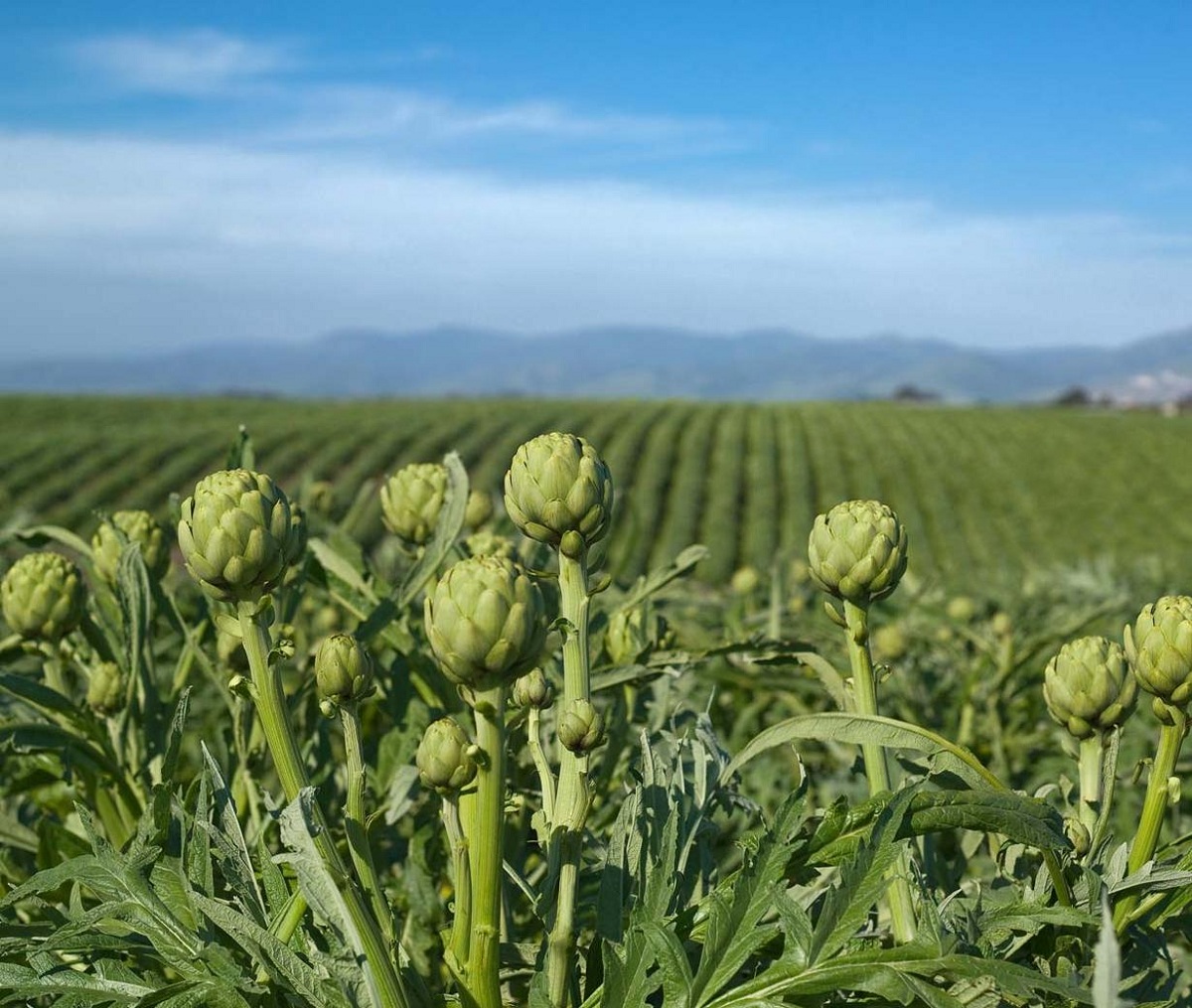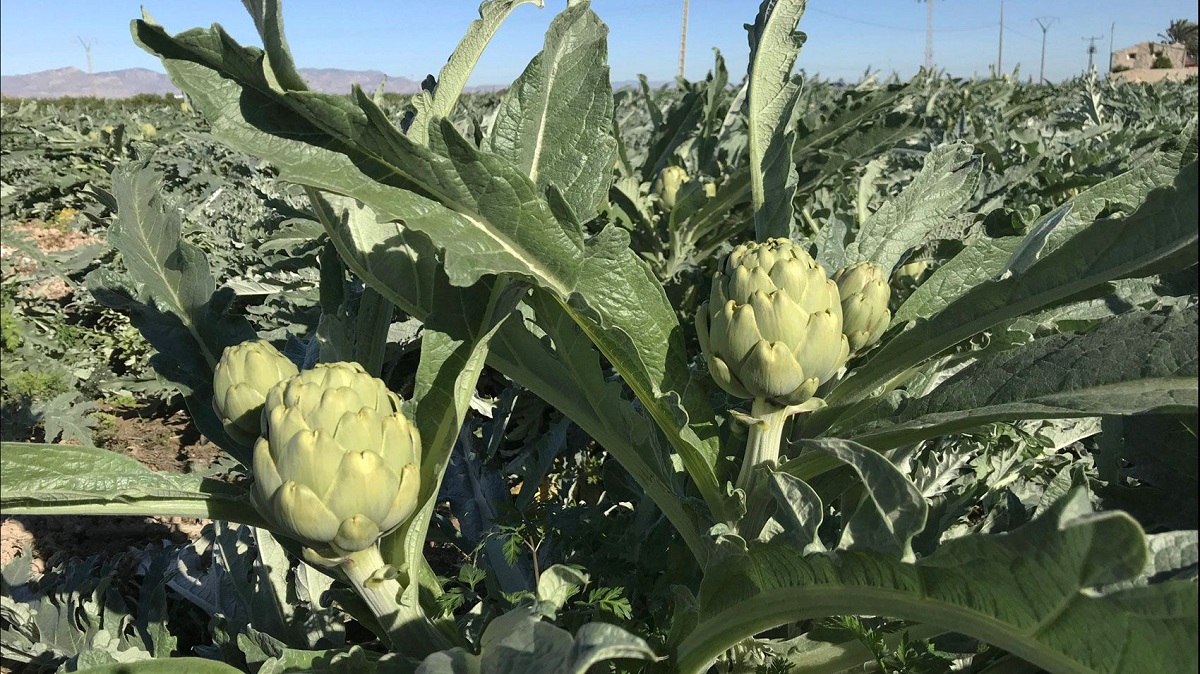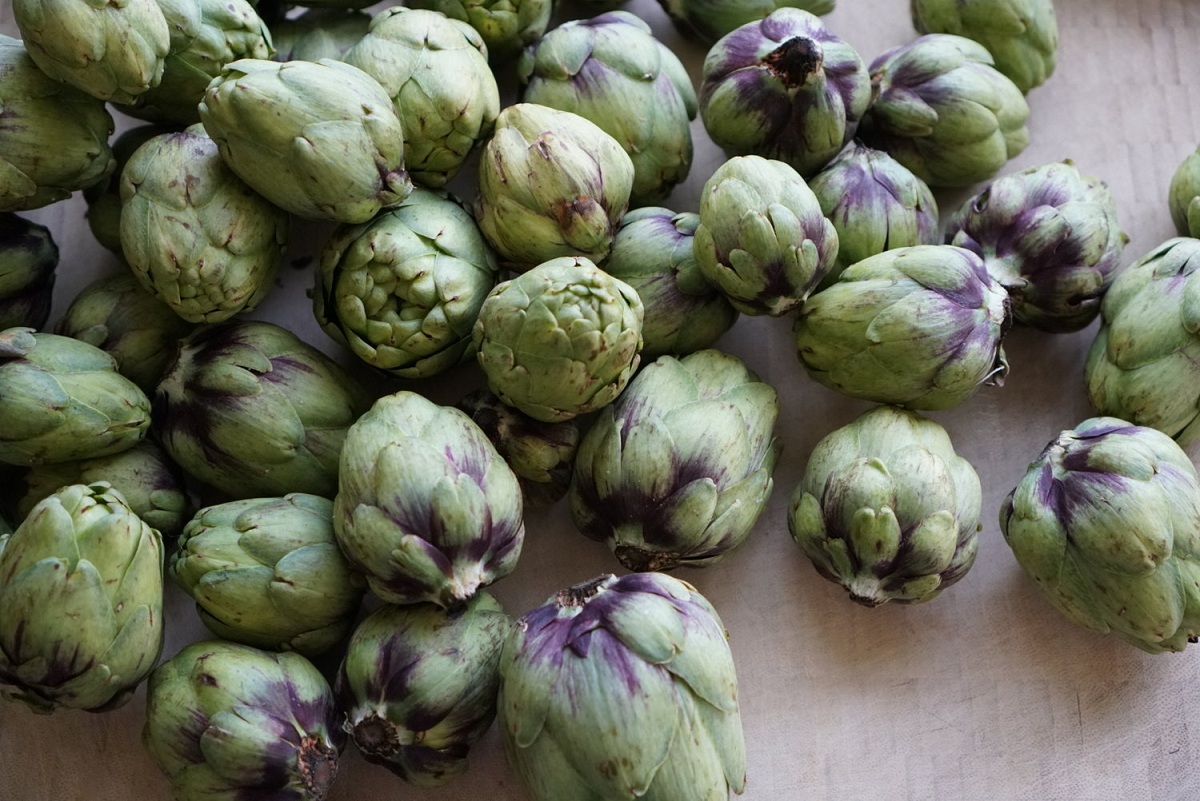
One of the most cultivated plants in home gardens is artichokes. Its scientific name is Cynara scolymus that many people wonder when the artichoke season. This is how they can plant them to be able to savor the first ones of the season that usually have the best flavor.
In this article we are going to tell you when artichokes are in season and how they are harvested.
When is artichoke season
In the Northern Hemisphere, the artichoke season begins from fall to spring, depending on the specific local climate and the types of artichokes grown. The autumn varieties are usually collected in Spain around September and October, while the spring varieties are harvested in the second half of February. Also, fall varieties do not grow well in cold climates, which is why they are more common in spring artichoke crops in the northernmost regions.
In Spain, we find that the regions that eat this plant have a long gastronomic tradition and are part of the local cuisine. An example of this are the Catalan artichokes, which are grown in areas such as El Prat, with them the typical Catalan artichokes and they are cooked with ingredients like peas, tomatoes and ham.
There are also artichokes from Navarra, which are grown only from the Blanca de Tudela variety, which is especially popular with gourmets and gourmets. The small holes that form at the ends of its leaves are easy to distinguish because it is not completely closed.
Also in the northern hemisphere, but on the other side of the Atlantic, we find artichokes in Mexico, whose annual production exceeds 2.000 tons, grown mainly in the states of Puebla, Michoacán and Guanajuato.
Importance of artichokes in Chile
We are talking about Chile in this article since it is a major international producer of artichokes, being the seventh in the world. It is capable of producing about 50.000 tons, of which more than half are grown in Coquimbo. Due to their geographical characteristics they are very different from Spain, almost the opposite, in fact the harvest season is also very different.
The artichoke season in Chile begins in April and lasts until November depending on the variety planted. It is very common to use the Argentine variety in the first batch of artichokes this season, because it is a very early variety, so it is very popular.
It is in Argentina where the artichoke is also a crop of great importance and social value. Argentine artichokes are consumed mainly fresh and only about 10% of production is industrialized.
How it is harvested in artichoke season
When we talk about the consumption of artichokes, what is actually harvested is not the fruit, but the flower of the plant, which is harvested before it opens, resulting in the pineapple or bud shape that we all know, in which we actually consume closed bracts.
The plant is not very productive, the bud first produces artichokes and then an abundant harvest, in which the main branches are produced first and then the secondary ones.
The highest quality artichokes are always the artichokes on the stem tip, and the artichokes on the main branch are also of good quality. On the other hand, the artichokes of the secondary branch are of lower quality and are usually used in other products, such as canned oil.
Harvesting artichokes is not a complicated process in and of itself, it just requires a sharp, clean tool that can cut the stem 5 to 10 cm from the head, damaging the plant as little as possible. Of course, you have to be careful with the spikes of the artichoke plant, and it is recommended to wear gloves or protective measures.
How to keep them
Once we grow and harvest the artichokes, it is interesting to learn how to preserve them. In this way, we can make it last as long as possible. We are going to indicate some tips so that you can learn to preserve artichokes:
- After harvest, it is important to learn how to store artichokes correctly, since they are only suitable for fresh consumption between 7 and 10 days after harvest and are always kept in the refrigerator.
- During this time, there are countless recipes that can use artichokes, but if you want to keep them for more than 10 days, you must freeze them or store them in oil or kimchi.
- To freeze artichokes, it is recommended to cook them in the desired way first.
- For preservation in olive oil, use fresh artichokes if they are small and chop them if they are larger. Simply put the artichokes in an airtight jar and fill them with olive oil, making sure to cover them completely. From here, they can be consumed directly as an aperitif or as an ingredient, and if necessary, After taking one out of the bottle, they can be filled with more oil. This will last up to 6 months.
- Other forms of canning are also possible, such as scalded or boiled artichokes.
Characteristics of artichokes
Artichokes are vegetables that are full of beneficial properties for our health. In addition to being very rich, they are also rich in fiber that helps regulate intestinal transport. They contain few calories, so they are used in many diets to alleviate weight, in addition, it helps reduce cholesterol levels, uric acid and high blood pressure. It seems that all this is not enough, the artichoke is a diuretic food that helps to retain the liquid of antibodies and to eliminate toxins.
The artichoke season is mainly divided into two seasons depending on the growing area. This vegetable is a very typical autumn vegetable, for what we can buy in stores from October to December. At this stage, they are very suitable for consumption because they are medium in size, large buds, enough meat, delicious and not bitter.
Once winter is over, we see this vegetable again, and another season for artichokes is spring when it is harvested in the Mediterranean. So we can find it from March to June. To be clear, neither summer nor winter is artichoke season, so what you find at that time is not very meaty, it can be bitter, and the price is high.
I hope that with this information you can learn more about the artichoke season and how to harvest them.


